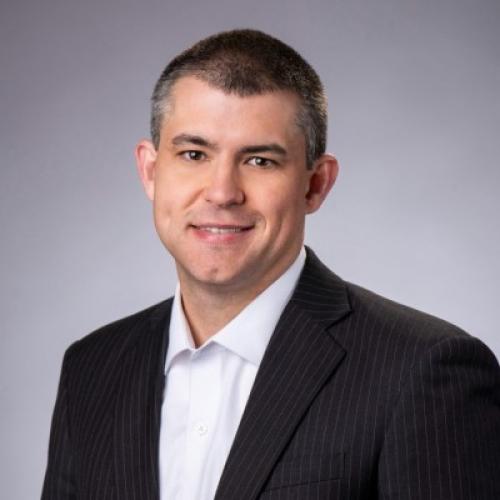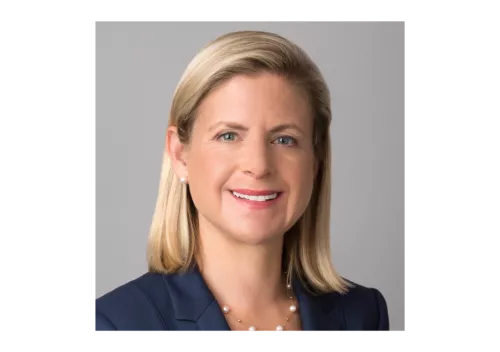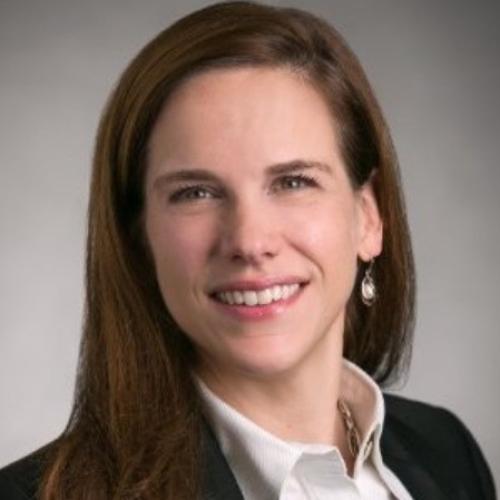New study finds TSR at odds with SEC economic fundamentals such as ROIC for 35 percent of S&P 1500 firms
These days there is a greater discussion in boardrooms about more closely tying all sorts of things – from risk management to CSR initiatives – to a company’s strategic business goals and performance. The thought being that all such matters tend to be more easily evaluated for appropriateness and proportionality when considered in the light of a company’s business objectives.
The design of the incentive portion of executive pay plans based on one or another financial performance metric would appear to be an attempt to do something similar when determining how much senior executives should be paid. But a study released last week by the Investor Responsibility Research Center Institute (IRRCi), global strategy consulting firm Organizational Capital Partners and Shareholder Value Advisors reports some surprising findings that indicate how minimally financial incentives are actually aligned with long-term performance for the vast majority of S&P 1500 companies.
Consider these nuggets in the report, entitled ‘The alignment gap between creating value, performance measurement and long-term incentive design’:
• Economic performance explains only 12 percent of variance in CEO pay. More than 60 percent is explained by company size, industry and existing company pay policy, none of which are performance-driven
• 75 percent of companies have no balance sheet or capital efficiency metrics in disclosed performance metrics and long-term incentive plan design
• 85 percent of companies have no ‘line of sight’ process metrics – such as drivers of growth and innovation – aligned to future value
• Only 17 percent of companies specifically disclose return on invested capital (ROIC) or economic profit as a long-term performance measure for long-term executive compensation
These findings would be disturbing enough without another bombshell in the report: for 35 percent of S&P 1500 companies, total shareholder return (TSR), which has become the most relied-upon ‘performance’ metric in recent years, is in conflict with SEC economic fundamentals such as ROIC.
Given that level of misalignment, one fundamental question boards, management and shareholders need to ask is whether a company has a clear strategy to get to a positive ROIC, noted Mark Van Clieaf, partner at Organizational Capital Partners, during a webinar with the report’s authors on November 24. He added that boards need to ask whether they are using the right future value measures around growth and innovation and around research and development, and whether that is a line of sight that can be created for management.
‘The core to long-term sustainability in ROIC really is innovation and being able to recognize that you can’t do breakthrough innovation in three years,’ Van Clieaf said. ‘It takes four, five, six years of [business] cycles, yet today we have 90 percent of companies whose performance period [on which executives are] measured is three years or less.’
From an investor’s perspective, alignment between TSR and executive compensation is not the goal if it is not predicated on value creation, said Jon Lukomnik, IRRCi’s executive director.
‘Investment for future value creation has declined precipitously in the last 14 years, That’s before the financial crisis [and] after the financial crisis,’ he pointed out. ‘More disturbing, 25 percent of the S&P 1500 don’t even have a three-year long-term incentive measurement period. They rely on time-vesting, equity-linked compensation.’
Lukomnik sees a connection between this trend and the fact that immediate future value has declined from 50 percent to 27 percent of enterprise value over the last several years. ‘It would be nice to start creating some more long-term value and future growth,’ he said, but conceded that a shift will not be easy given the hold TSR has taken as a dominant philosophy over the last two decades.
To illustrate, Lukomnik relayed a favorable response to the study from a leading compensation adviser, who believes it is asking exactly the right questions – though he added that he wants to be ‘the second one into the pool.’
If nobody is willing to take the lead on such a change, it will be a long time coming.








